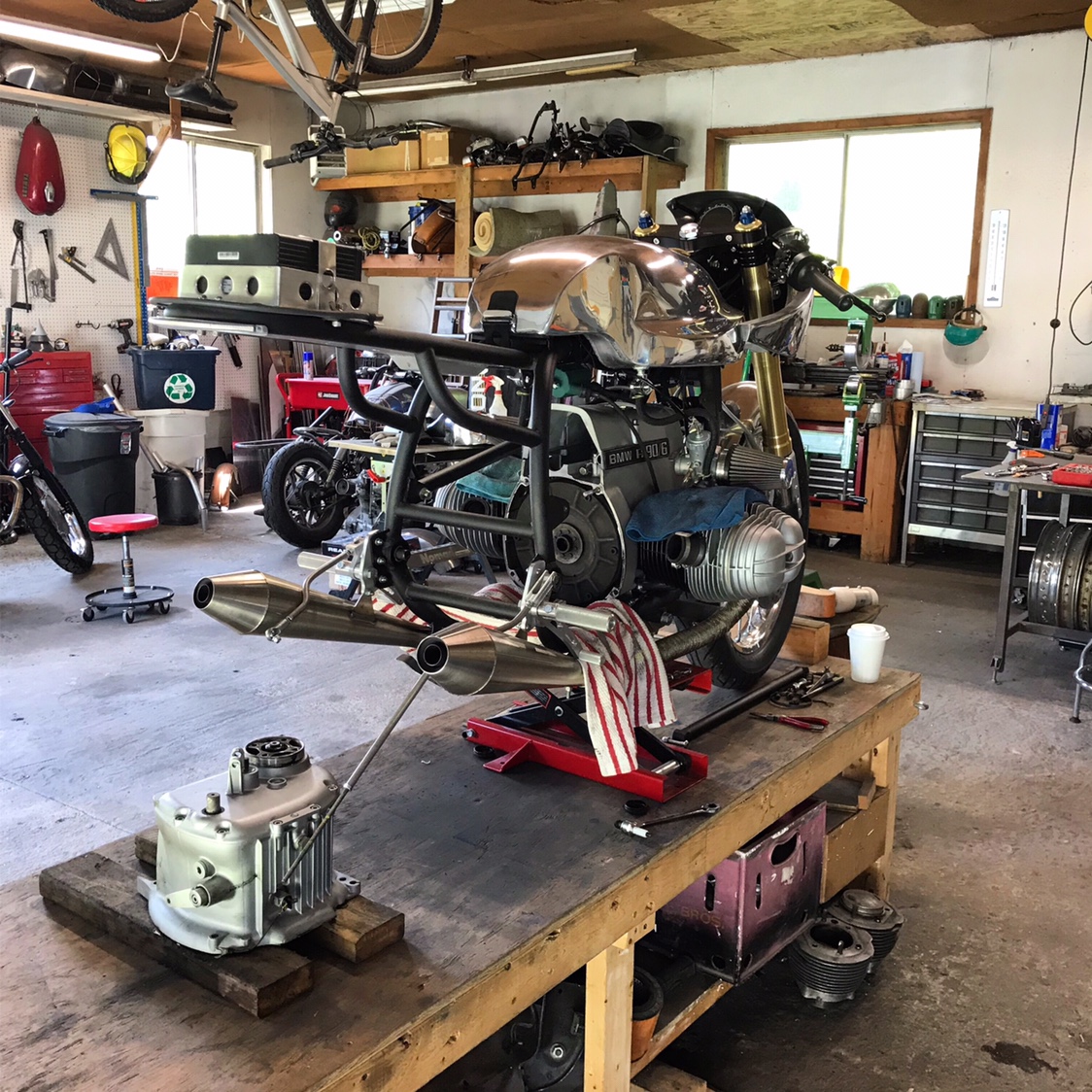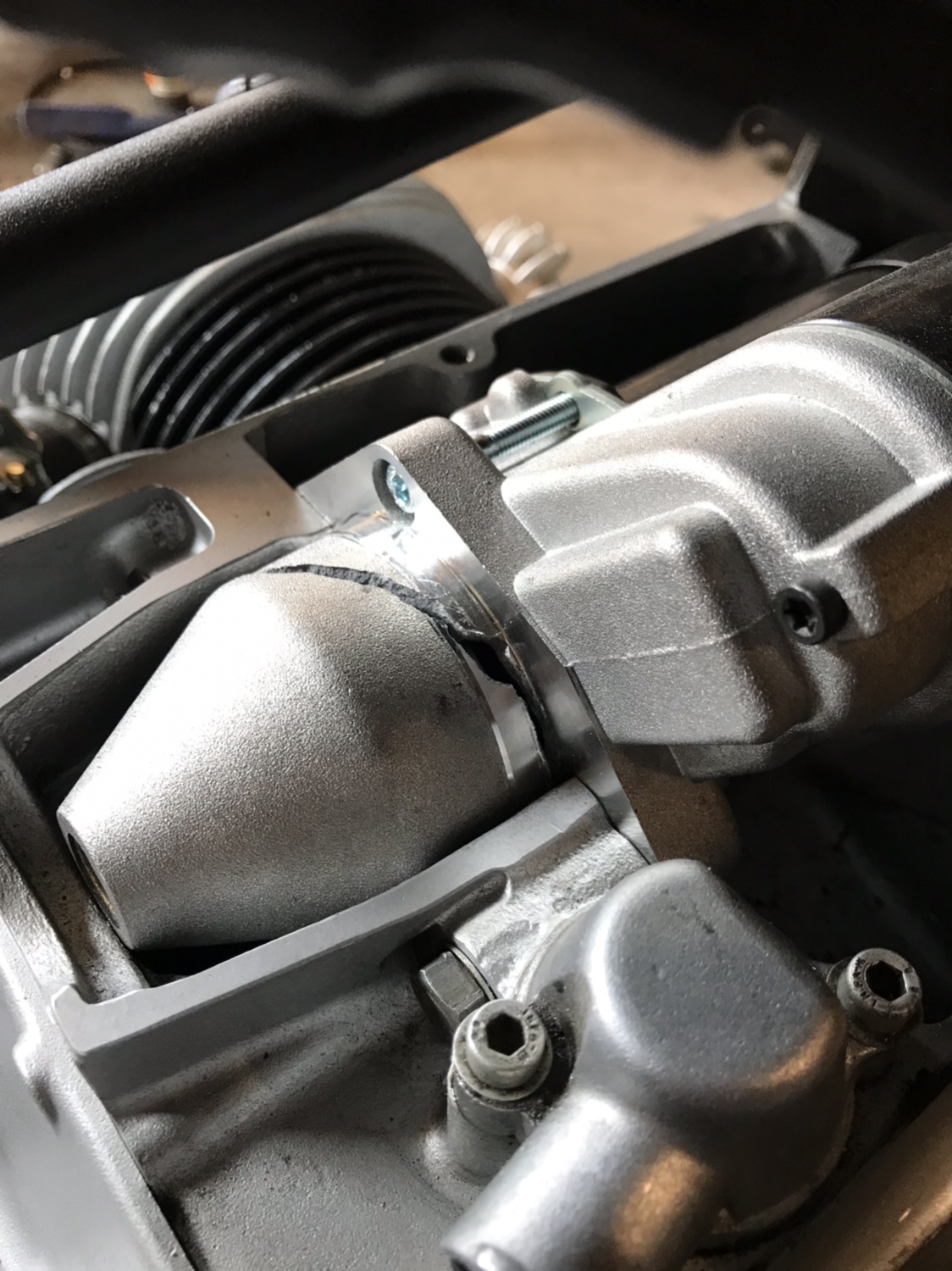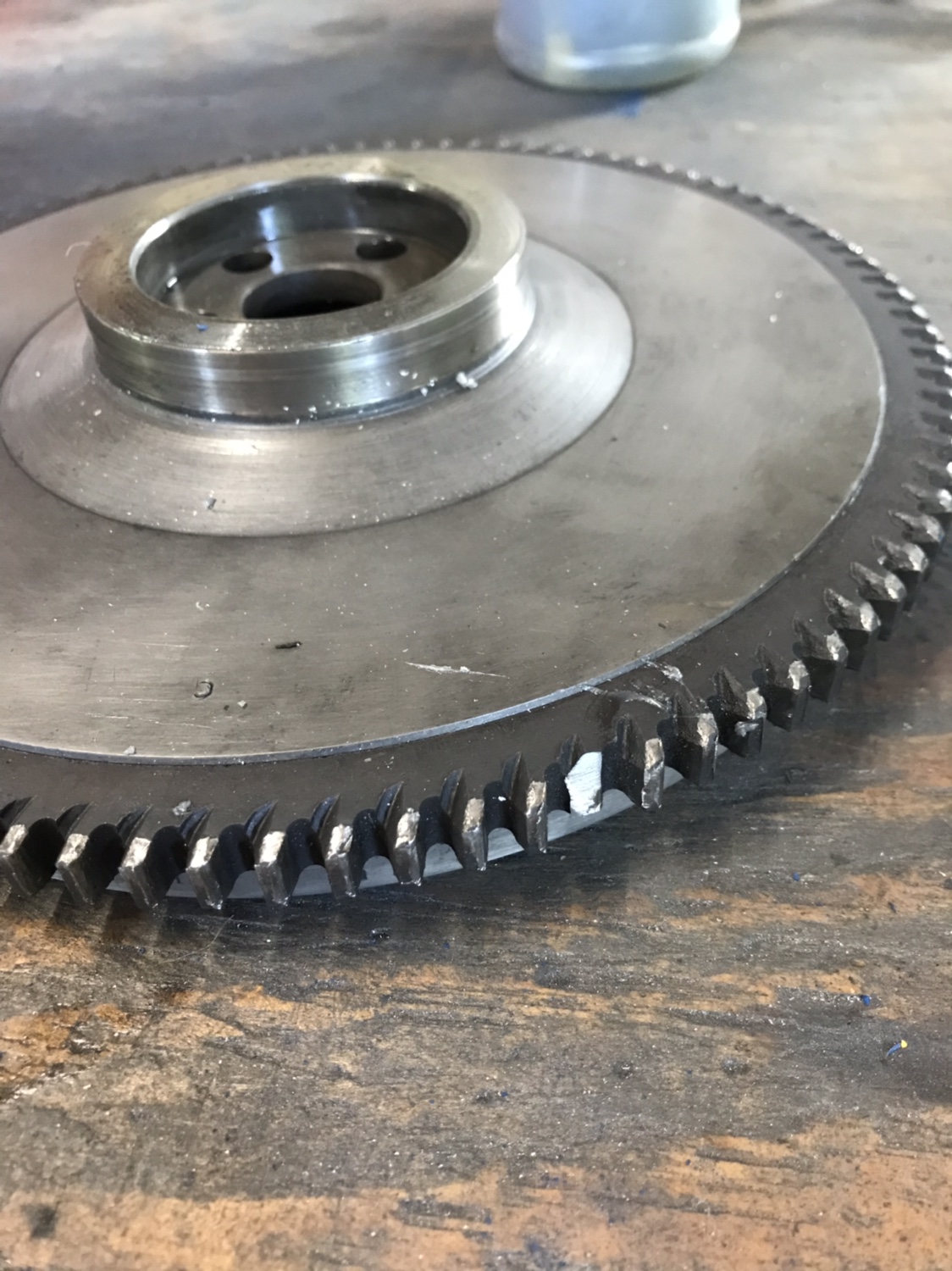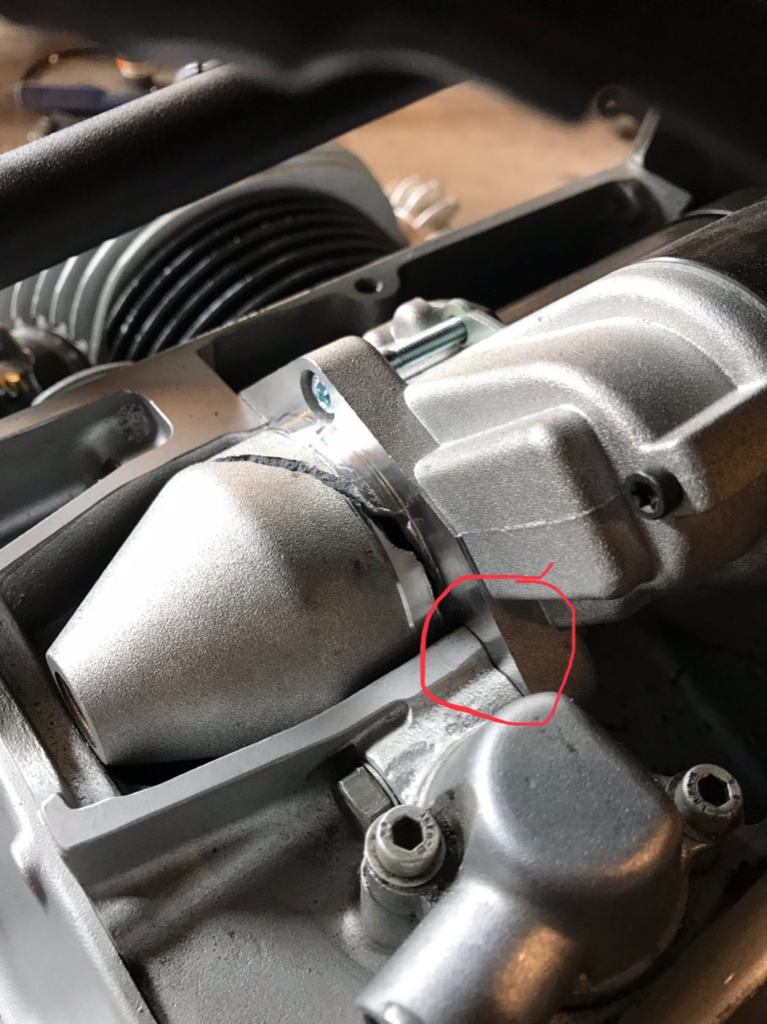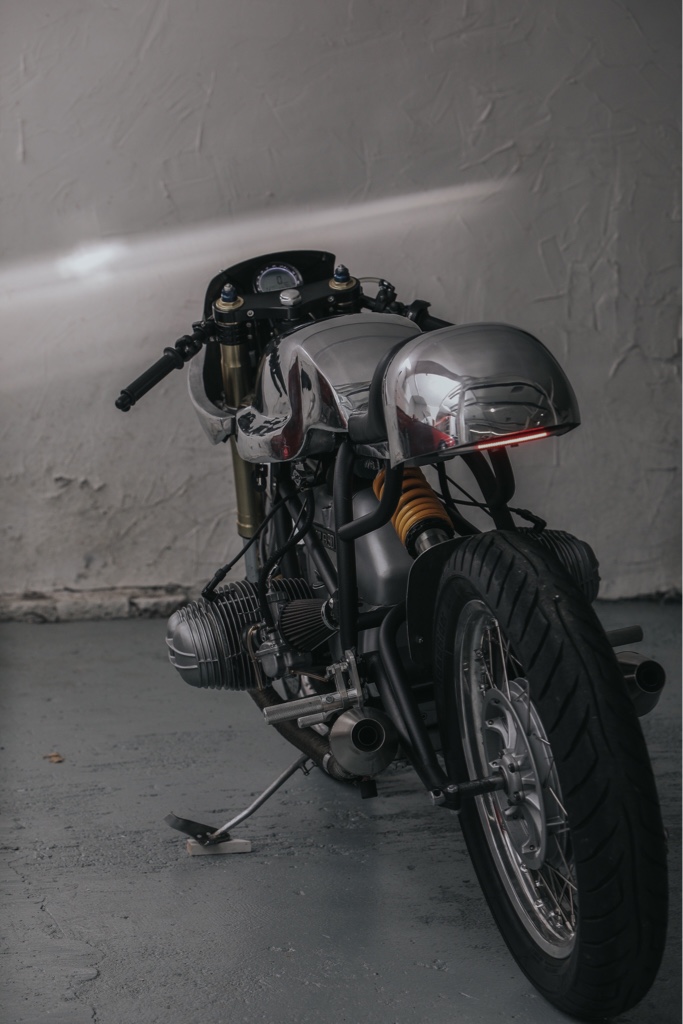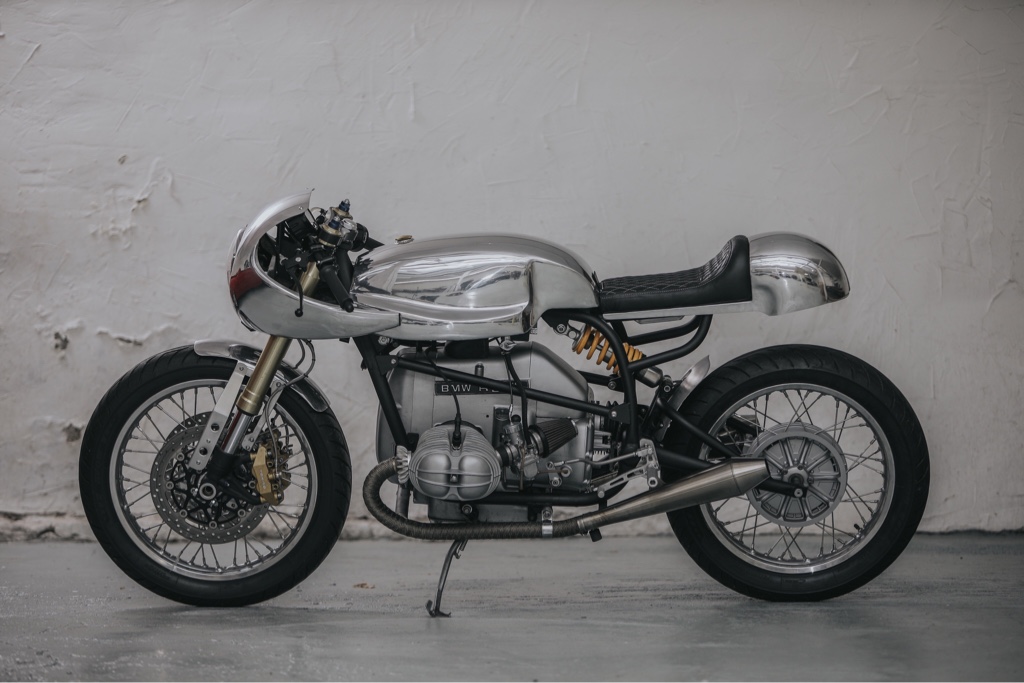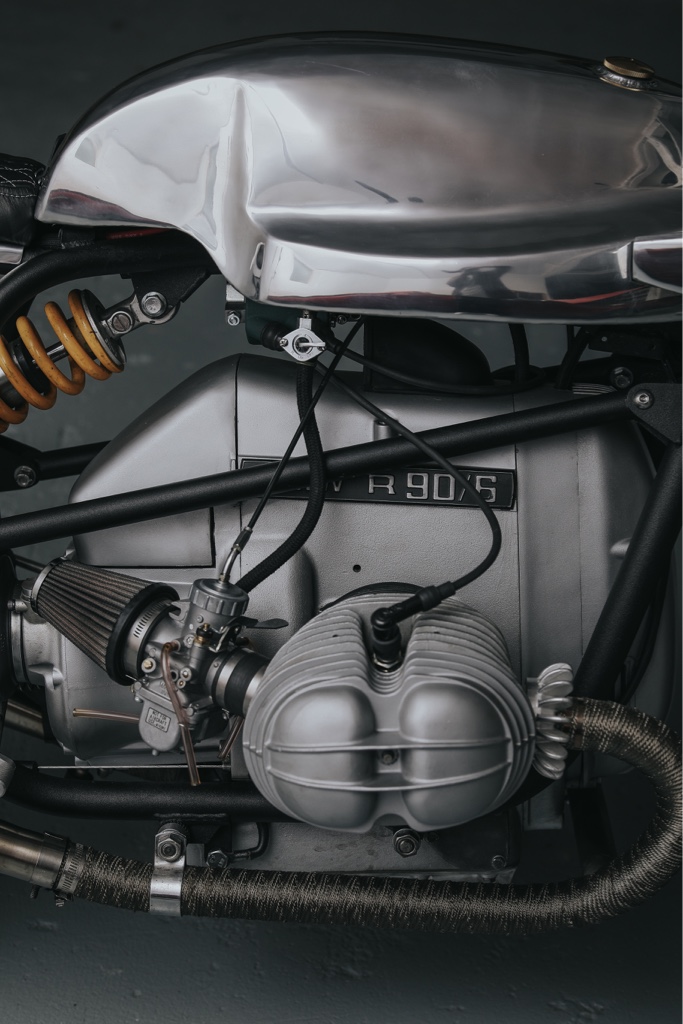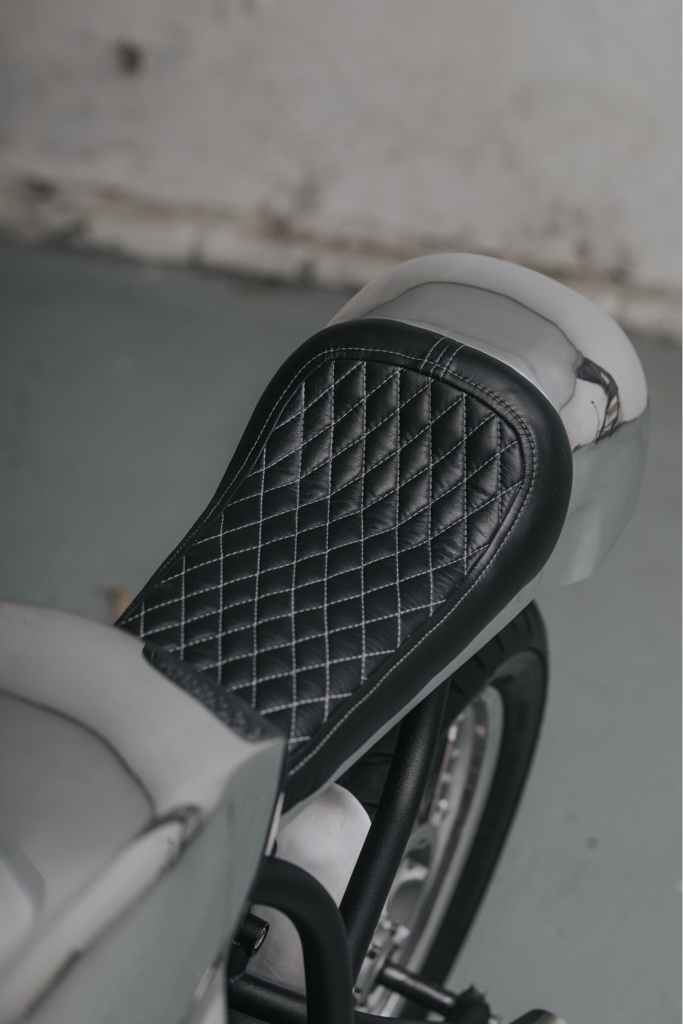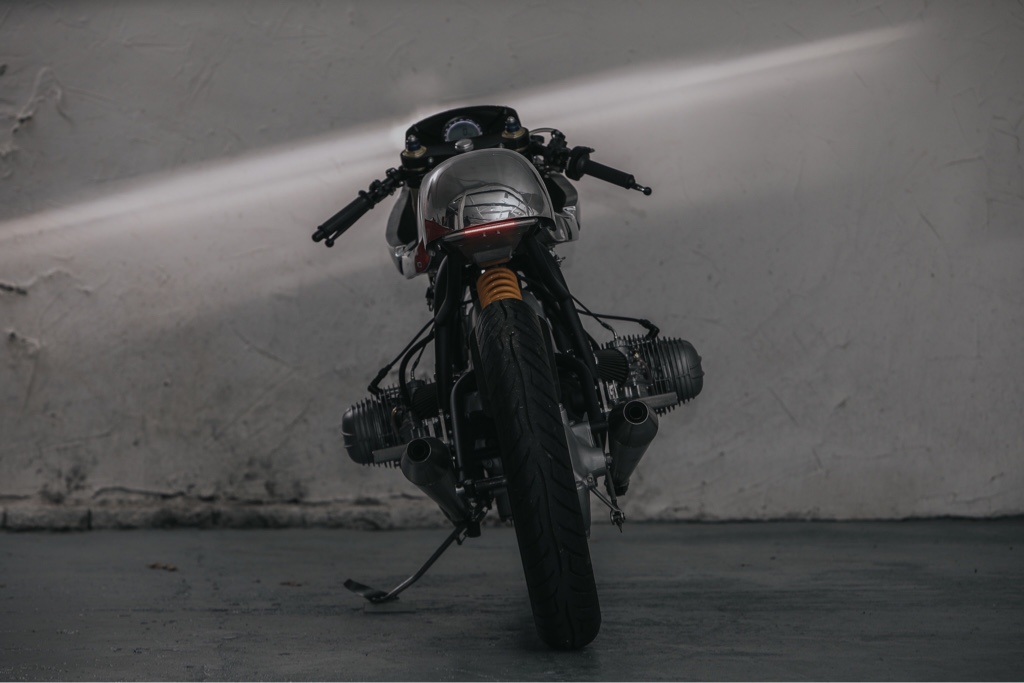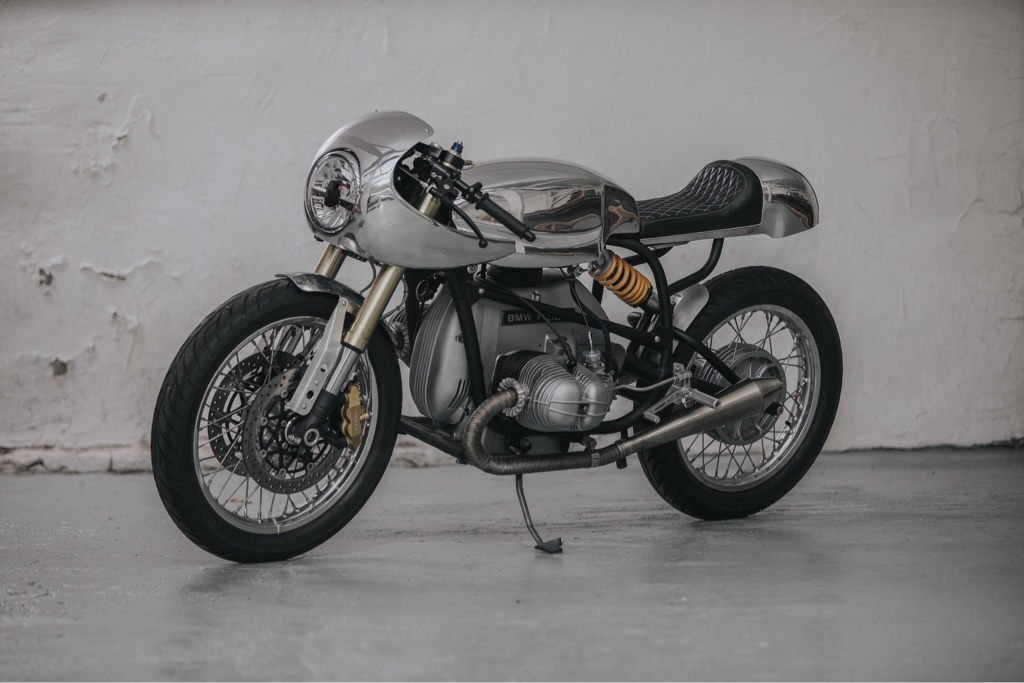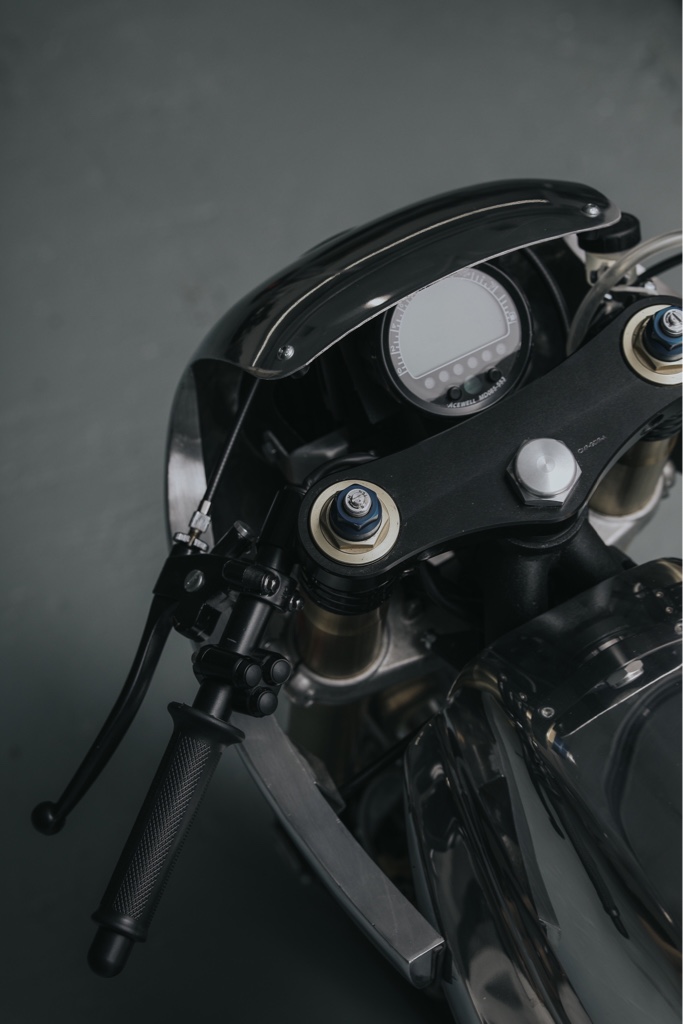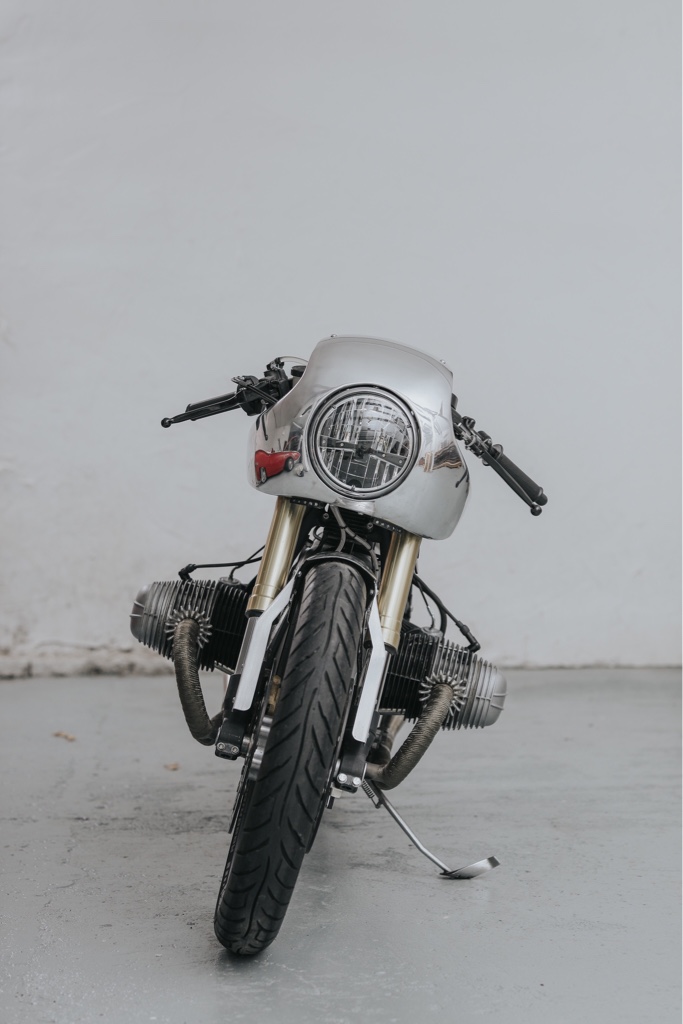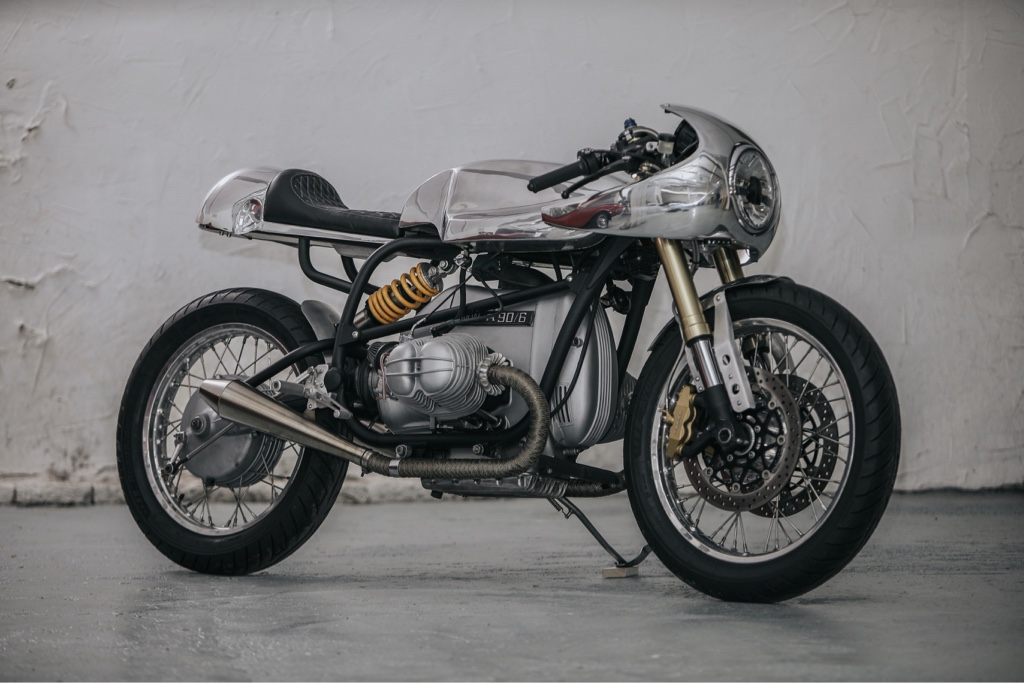ncologerojr said:Thanks! Yeah, it’s tough stuff. I was able to shrink some of it with my power-hammer I built a while back, but some of it I had to tuck-shrink by hand. My arm still hurts.
You really want to avoid heat shrinking in cases like this, actually avoid it as much as possible in general. Anytime you heat shrink and then have to hammer a lot you’ll run into problems. I only use it when I have to shrink an area in the middle of a panel. It generally only comes into play when repairing a damaged panel.
Yeah, I've found it a little useful doing repairs on the VW, where I had a patch panel that had a larger radius than the actual corner of the bus. I was able to tack both ends and then work my way toward the middle shrinking as I went. Its not perfect and will need some filler, but it worked.
I have one deep dent I pulled in the middle of a panel that I just can't get to go away. I moved on and haven't touched it for a while, but I think my next course of action is to cut some metal out so the metal has somewhere to go.


